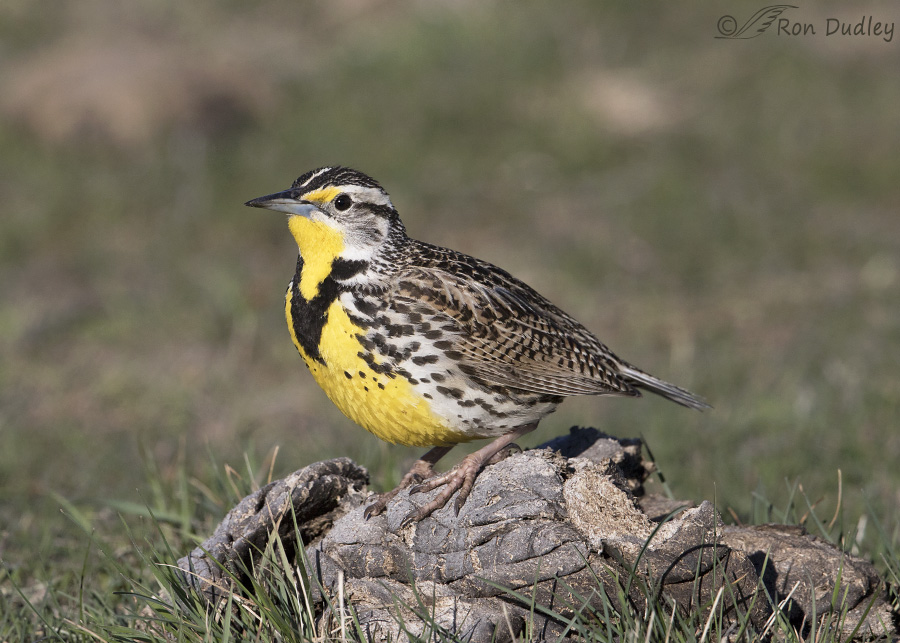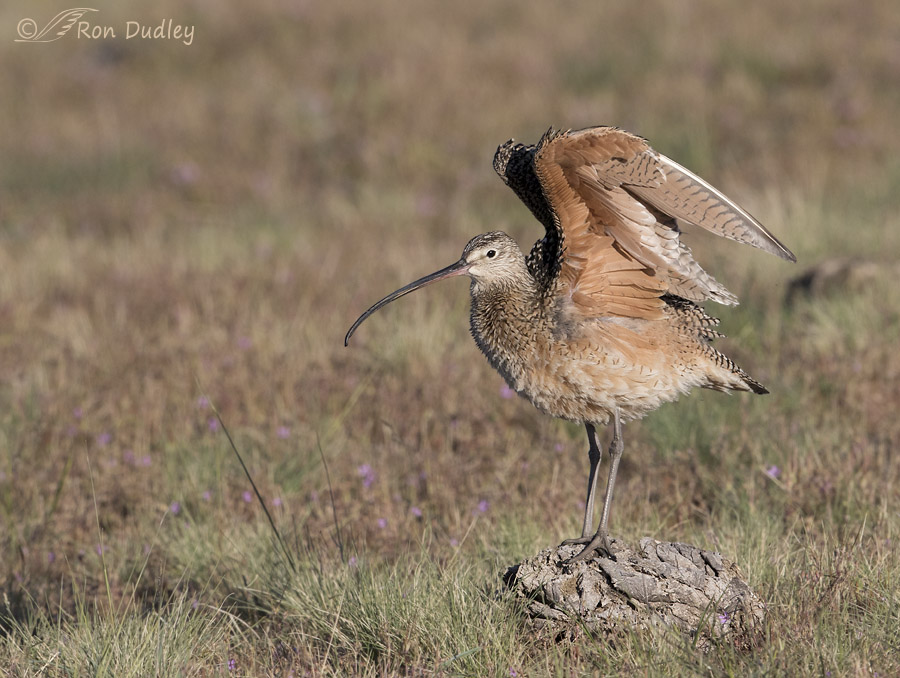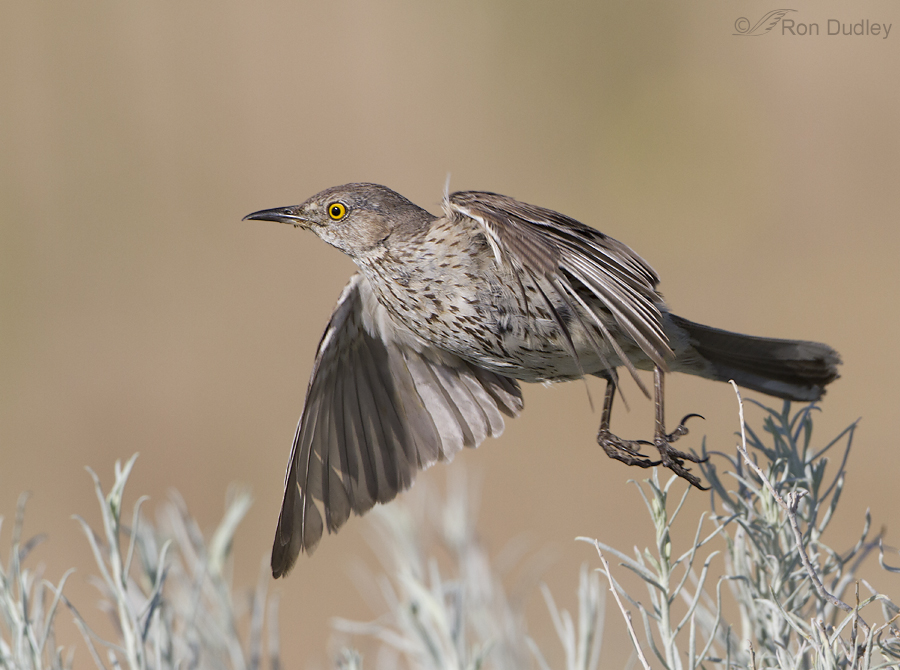Tag: buffalo chip
Curlew Poop-stretch
A Sage Thrasher Kinda Morning
The Timelessness of a Buffalo Chip Perch
The American Bison is a relative newcomer to North America, having migrated from Eurasia over the Bering Straight about 10,000 years ago. As is common knowledge they once roamed in massive herds across most of the continent until commercial hunting and slaughter reduced their numbers to a few hundred by the end of the 19th century. 1/500, f/6.3, ISO 500, 500 f/4, 1.4 tc Today a herd of approximately 500 animals roams free on Antelope Island and that many large animals produce a lot of poop – commonly referred to as “buffalo chips”. Those chips are all over the island – like small dark islands in a sea of prairie grasses and tiny flowers and they’re tempting perches for a variety of bird species like Horned Larks and Meadowlarks. But this past week I was able to catch some larger birds using them as perches. 1/2000, f/6.3, ISO 500, 500 f/4, 1.4 tc In the spring some of the shorebirds and wading birds come up from the shore of the Great Salt Lake to higher ground on the island for their breeding activities – Long-billed Curlews among them. It seems that the added height of only a couple of inches provided by the chip is enough to significantly improve their view of the landscape for potential predators and also to help them keep an eye on other curlews in the area – there’s a lot of fighting and mating activities going on this time of year. To some viewers such a perch may have no aesthetic draw but I’m…
Fighting Curlews And This Photographer’s Rookie Mistake
Occasionally I’ll make a post that illustrates a mistake I’ve made as a photographer in the hope that it will help me to learn from my error and possibly even enlighten some of my viewers who may be bird photographers. Well, last week I made a doozy of a mistake! I had been photographing a pair of Long-billed Curlews on Antelope Island and as per usual for me I was using my 500 f/4 with attached 1.4 tc, which when combined with the crop factor of my Canon 7D gives me an effective focal length of 1120mm. Suddenly a second male unexpectedly flew in to challenge the original male and immediately all hell broke loose. The action was incredibly quick with wings, legs, long bills and tails flailing in every direction and it turns out that I was simply too close to the birds with my lens and tc combination to prevent clipping body parts in most of my images of the fight. I remember thinking I should take off the tc but I was afraid that by the time I had done so the action would be over. That was a mistake – the altercation lasted for several minutes and I had plenty of time to switch. I decided to post some of the series anyway because the tightness on the birds gives an intimate look at some of the details of the squabble but I’ll be the first to admit that I’d trade those details in a heartbeat for having not clipped and cut off body parts. There were no preliminaries. The battle began immediately after…




